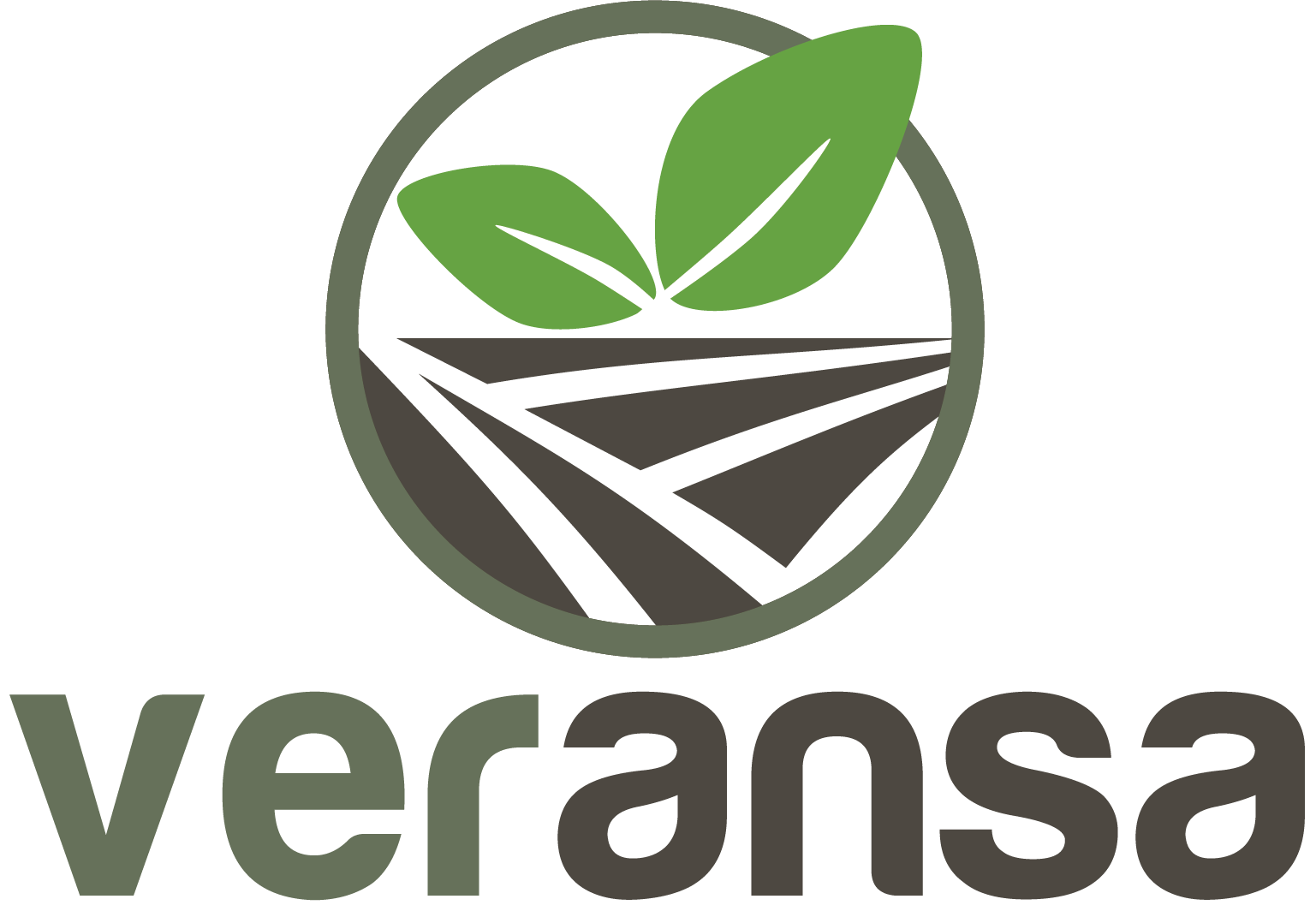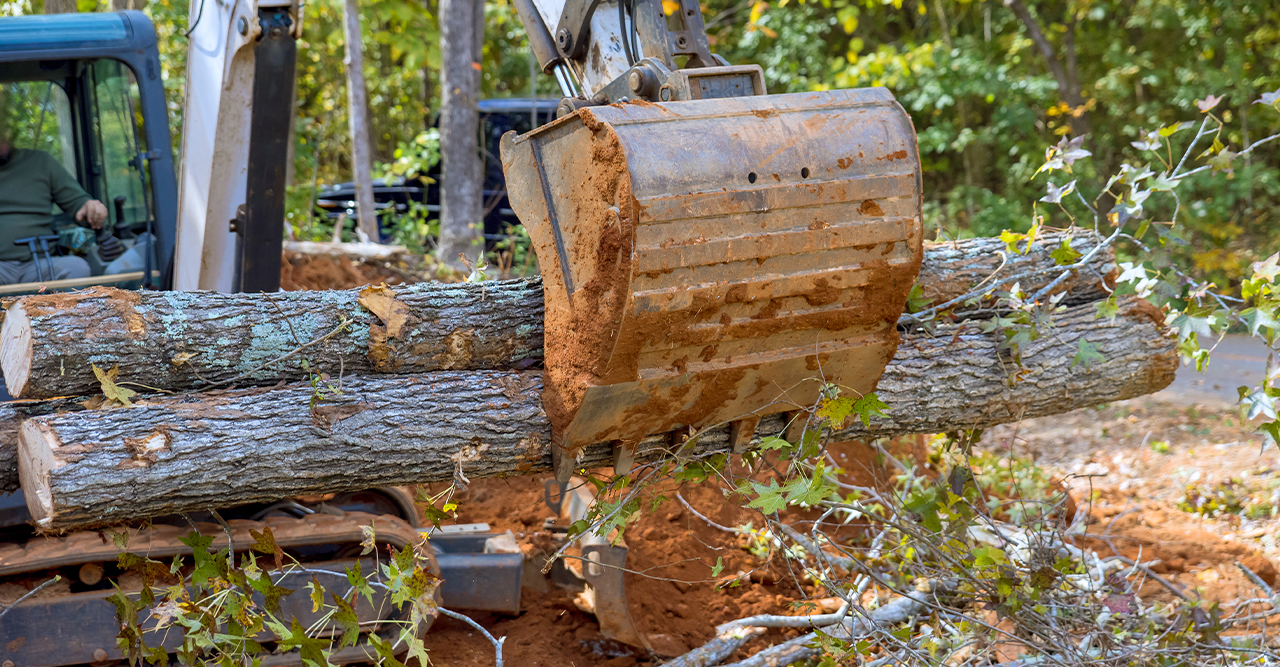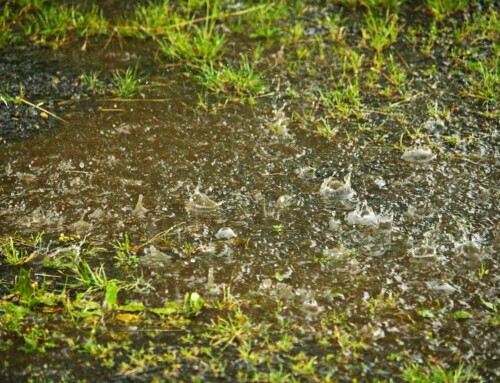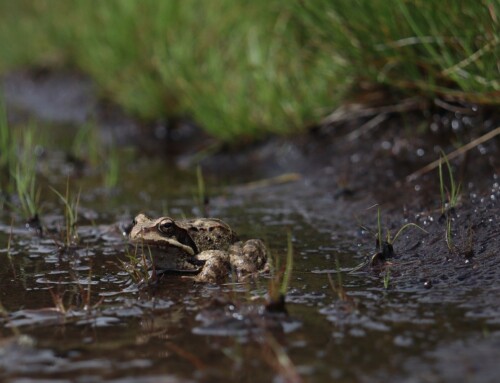With hurricane season upon us once again, it is important for Florida homeowners to prepare for any potential storms. In addition to proactively preparing for bad weather and its aftermath, having materials ready should disaster strike is essential. In this article, we review recommended storm preparations and discuss debris removal should your property sustain damage.
Please Note: FEMA guidelines may change without notice. Before hurricane season begins, be sure to download the latest copy of the Debris Removal Guidelines and place it with your hurricane kit.
Quick Review: Hurricane Prep
The most important element of preparing for any storm is to pay attention to weather reports and updates – and have an evacuation plan in place. Preparing your property is vital, but nothing is more important than securing the safety of you and your family. Keep a few small bags packed and ready to go and identify two to three places that you can get to, depending on the direction and trajectory of the storm.
Supplies: Be sure to have candles, batteries, water, non-perishable food, pet food, medications, and emergency phone numbers.
Home Protection: If you have a generator, give it a test run and have fuel, if appropriate. Have hurricane shutters (or cut plywood) ready for installation over windows.
Yard Preparation: Trim trees of all dead/diseased branches, especially over your roof. Secure any patio furniture or decor.
Debris Removal After a Storm
We all hope for an uneventful hurricane season for the Gulf Coast. However, even a severe thunderstorm can wreak considerable damage. Given the very high likelihood of at least a few named storms passing by us (or over us) each season, let’s consider what FEMA has to say about debris removal.
Please Note: FEMA guidelines may change without notice. Be sure to download the latest copy of Debris Removal Guidelines before hurricane season and place it with your hurricane kit.
Where to Place Debris
Homeowners should never attempt to clear debris off of downed power lines. Do not even touch or cut anything lying across a power line, as this can cause injury or death. Call the power company to report a downed line.
- All debris should be left curbside.
- Debris should not block the road or access to the property.
- Separate each category (outlined below) for easy identification and removal.
- Avoid placing debris near trees, poles, fire hydrants, mailboxes or meters as these structures make removal difficult.
- Placing debris near utility boxes or on lines can cause injury
Categories for Debris Removal
- Large Appliances: Refrigerator, washer/dryer, air conditioner, stove, water heater, dishwashers. Never leave doors
unsealed or unsecured. - Construction Debris: Building materials, drywall, lumber, carpet, furniture, plumbing
- Hazardous Waste: Oil, batteries, pesticide, paint, cleaning supplies
- Electronics: Television, computer, stereo, phone, DVD player
- Vegetative Debris: Tree branches, downed trees, leaves, logs, plants
Veransa’s Role in Vegetative Debris Removal
The Veransa Group is proud to be a go-to partner for municipalities across Florida, after a storm, and all year long. We are the state’s largest provider of municipal green waste disposal services, exhibiting a tireless commitment to sustainability. Veransa’s operational excellence makes us a top choice for environmentally responsible waste management. If you are a municipality in need of professional green waste disposal services, call us today.
If you are a Florida homeowner who has sustained damage due to a storm, it is likely that your yard and green waste will be picked up. However, if you would like to expedite its removal – or if you have non-storm related yard waste to dispose of – you can drop off your waste at one of five Florida Gulf Coast locations.




